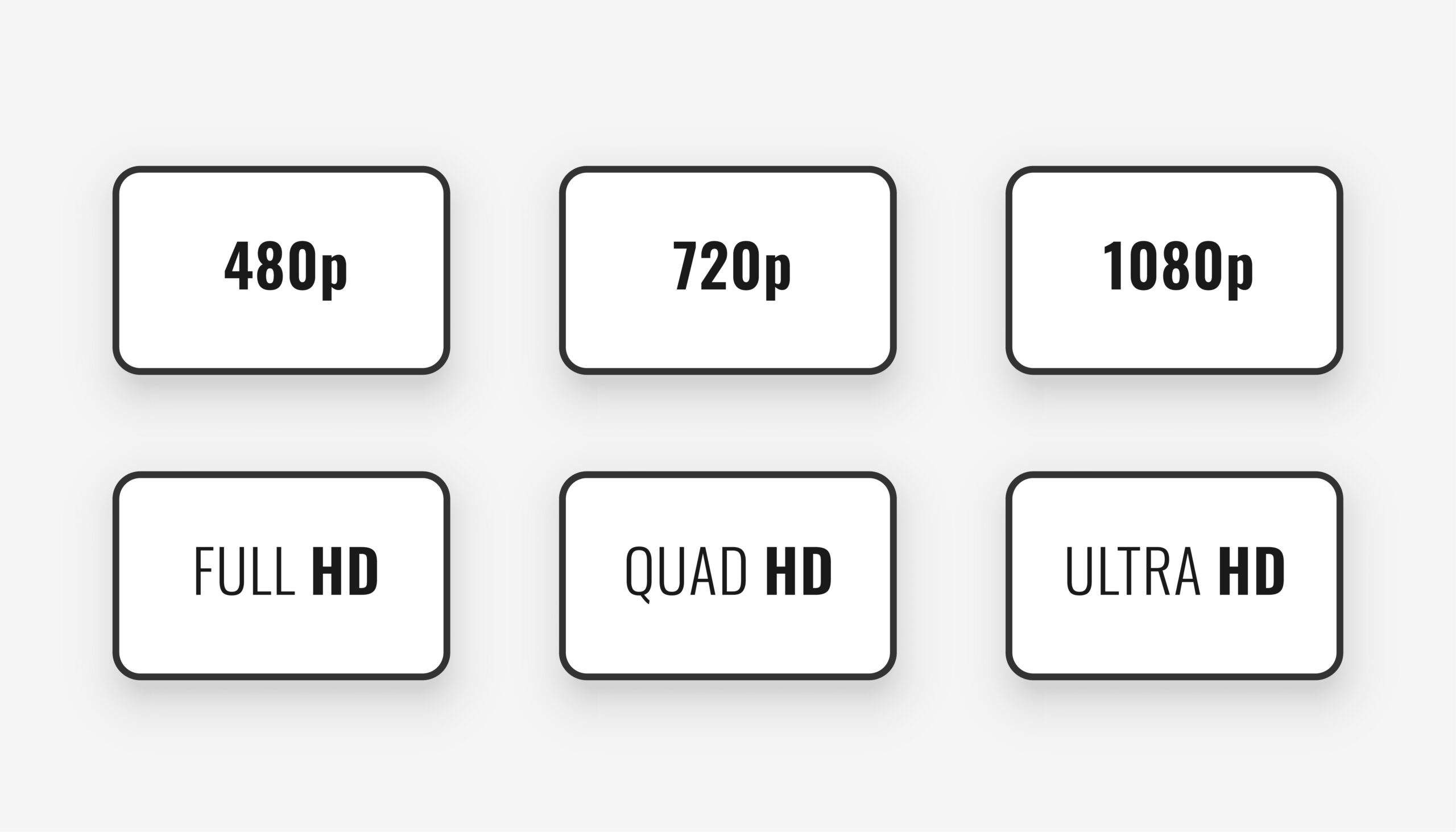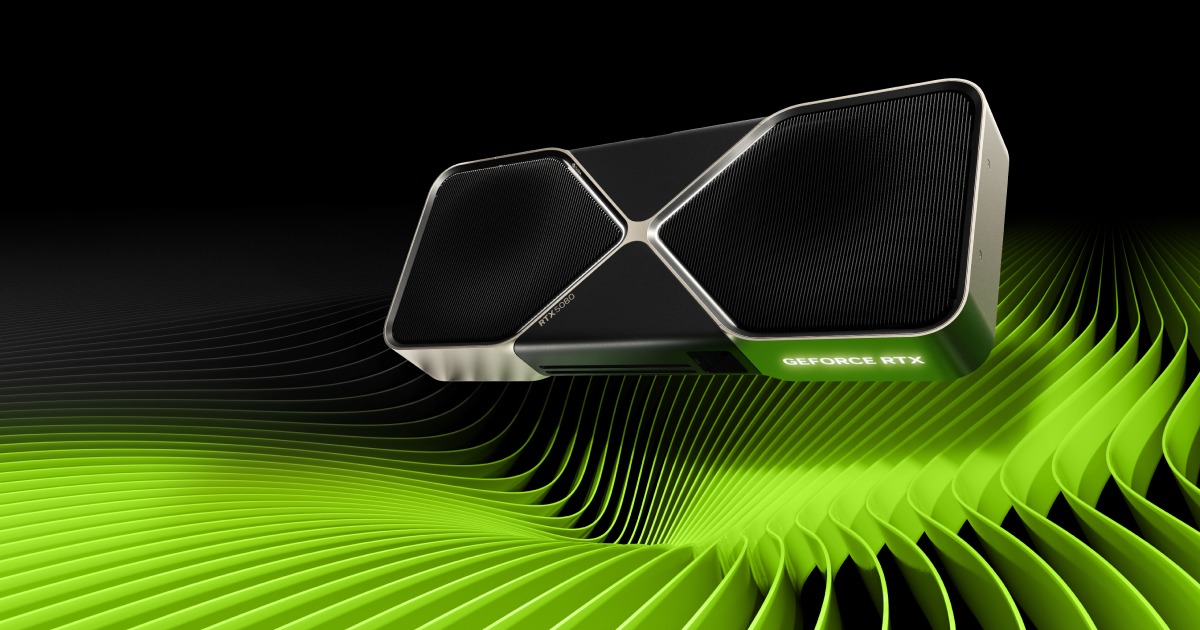
The Ultimate Guide to Screen Resolutions: Everything You Need to Know
Screen resolution is a key factor in how we experience visual content, from watching movies on TV to gaming on high-end monitors. In this comprehensive guide, we’ll break down the most common screen resolutions, their pixel counts, alternative names, aspect ratios, and where they’re typically used. Whether you’re looking to upgrade your device or simply want to understand the technology better, this guide is for you!
What is Screen Resolution?
Screen resolution refers to the number of pixels displayed on a screen. It’s usually described by its width and height in pixels (e.g., 1920 x 1080). Higher resolutions generally mean sharper, clearer images, which is essential for everything from gaming to professional work.
Common Screen Resolutions
Here’s a handy list of popular screen resolutions, their specifications, and their uses.
1. Standard Definition (SD)
- Resolution: 720 x 480 (NTSC) / 720 x 576 (PAL)
- Aspect Ratio: 4:3 or 16:9
- Alternative Names: 480p
- Uses: Older TVs, DVDs, basic broadcasts.
2. High Definition (HD)
- Resolution: 1280 x 720
- Aspect Ratio: 16:9
- Alternative Names: 720p
- Uses: Budget TVs, streaming services, some smartphones.
3. Full HD (FHD)
- Resolution: 1920 x 1080
- Aspect Ratio: 16:9
- Alternative Names: 1080p
- Uses: Most modern TVs, monitors, and video content.
4. 2K
- Resolution: 2048 x 1080
- Aspect Ratio: 17:9
- Alternative Names: n/a
- Uses: Digital cinema, movie theaters.
5. Quad HD (QHD)
- Resolution: 2560 x 1440
- Aspect Ratio: 16:9
- Alternative Names: 1440p, WQHD (Wide Quad HD)
- Uses: High-end monitors, gaming, premium smartphones.
6. Ultra HD (UHD)
- Resolution: 3840 x 2160
- Aspect Ratio: 16:9
- Alternative Names: 4K, 2160p
- Uses: Large displays, streaming services, gaming.
7. 8K UHD
- Resolution: 7680 x 4320
- Aspect Ratio: 16:9
- Alternative Names: 8K, 4320p
- Uses: Cutting-edge displays, high-end cinema.
8. 5K
- Resolution: 5120 x 2880
- Aspect Ratio: 16:9
- Alternative Names: n/a
- Uses: Professional monitors for design and video editing.
9. WXGA
- Resolution: 1280 x 800
- Aspect Ratio: 16:10
- Alternative Names: Widescreen XGA
- Uses: Laptops, portable projectors.
10. WUXGA
- Resolution: 1920 x 1200
- Aspect Ratio: 16:10
- Alternative Names: Wide UXGA
- Uses: High-end displays, productivity applications.
11. QXGA
- Resolution: 2048 x 1536
- Aspect Ratio: 4:3
- Alternative Names: n/a
- Uses: High-resolution tablets, specialized monitors.
12. 4K DCI
- Resolution: 4096 x 2160
- Aspect Ratio: 17:9
- Alternative Names: n/a
- Uses: Film production, cinema standards.
13. 1080i
- Resolution: 1920 x 1080
- Aspect Ratio: 16:9
- Alternative Names: Interlaced 1080p
- Uses: Broadcast television.
14. 1440p
- Resolution: 2560 x 1440
- Aspect Ratio: 16:9
- Alternative Names: QHD, WQHD
- Uses: Gaming, high-end monitors.
15. 2.5K
- Resolution: 2560 x 1600
- Aspect Ratio: 16:10
- Alternative Names: n/a
- Uses: Laptops, tablets.
Other Notable Resolutions
- SVGA: 800 x 600 (4:3) — Older monitors, basic display quality.
- XGA: 1024 x 768 (4:3) — Common in projectors and monitors.
- SXGA: 1280 x 1024 (5:4) — Often used in business settings.
- SXGA+: 1400 x 1050 (4:3) — Higher resolution for better clarity.
- UXGA: 1600 x 1200 (4:3) — Used in professional monitors.
- HD+: 1600 x 900 (16:9) — Mid-range laptops, budget displays.
- FHD+: 2280 x 1080 (19:9) — Increasingly common in smartphones.
- QHD+: 3200 x 1800 (16:9) — High-end laptops and tablets.
- UHDA: 7680 x 4800 (16:10) — Specialized applications in high-end tech.
Summary Table of Resolutions
| Resolution | Pixel Count | Aspect Ratio | Alternative Names |
|---|---|---|---|
| SD | 720 x 480 (NTSC) | 4:3 or 16:9 | 480p |
| HD | 1280 x 720 | 16:9 | 720p |
| FHD | 1920 x 1080 | 16:9 | 1080p |
| 2K | 2048 x 1080 | 17:9 | n/a |
| QHD | 2560 x 1440 | 16:9 | 1440p, WQHD |
| UHD | 3840 x 2160 | 16:9 | 4K, 2160p |
| 8K UHD | 7680 x 4320 | 16:9 | 8K, 4320p |
| 5K | 5120 x 2880 | 16:9 | n/a |
| WXGA | 1280 x 800 | 16:10 | Widescreen XGA |
| WUXGA | 1920 x 1200 | 16:10 | Wide UXGA |
| QXGA | 2048 x 1536 | 4:3 | n/a |
| 4K DCI | 4096 x 2160 | 17:9 | n/a |
| 1080i | 1920 x 1080 | 16:9 | Interlaced 1080p |
| 1440p | 2560 x 1440 | 16:9 | QHD, WQHD |
| 2.5K | 2560 x 1600 | 16:10 | n/a |
| SVGA | 800 x 600 | 4:3 | n/a |
| XGA | 1024 x 768 | 4:3 | n/a |
| SXGA | 1280 x 1024 | 5:4 | n/a |
| SXGA+ | 1400 x 1050 | 4:3 | n/a |
| UXGA | 1600 x 1200 | 4:3 | n/a |
| HD+ | 1600 x 900 | 16:9 | n/a |
| FHD+ | 2280 x 1080 | 19:9 | n/a |
| QHD+ | 3200 x 1800 | 16:9 | n/a |
| UHDA | 7680 x 4800 | 16:10 | n/a |
Conclusion
Understanding screen resolutions is essential for making informed choices about your devices, whether for gaming, work, or entertainment. Higher resolutions provide clearer and sharper images, enhancing your overall experience. As technology continues to advance, we can expect even more impressive resolutions to emerge, pushing the limits of visual quality.
Feel free to explore your options and choose a resolution that fits your needs perfectly!
























Post Comment